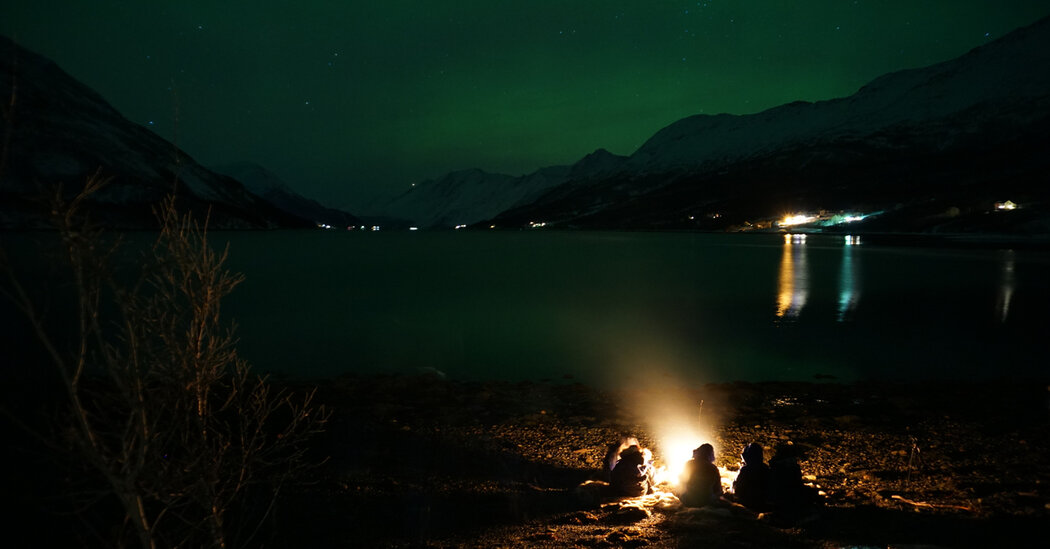Dr. Solhaug’s observations are aligned with psychological research on the benefits of being in nature, which indicates that even short amounts of time spent outdoors improve our mood and our mental and physical health.
Meik Wiking, chief executive of the Happiness Research Institute in Copenhagen, refers to these benefits as coming from “outdoorphins,” and says that “when we follow people over time, we see that they are happier when outdoors.” Ms. McGurk puts it another way: “To me, going outside is really a form of self-care. I prioritize it because I do get pleasure from it. There are some days when it’s harder to get outside than others, but I know that if I do, I’m never going to regret going outside.”
And you don’t have to live next to a Norwegian fjord to get the benefits of friluftsliv. As Dr. Solhaug says, it’s simple: “Put enough clothes on so that you won’t become wet or freeze, and go out! Go to the nearest spot around you that you like: in a park, at the harbor, along a river through the city, in the woods, on a rooftop where you get a good view. Take it in! Feel the temperature, the wind, the air. Smell! See! And, importantly, bring hot coffee in your thermos.”
Strategy 2: Make Winter Special
Growing up at the Jersey Shore, I focused on the ways winter restricted me: I couldn’t lie on the beach or eat on the boardwalk. But in Norway, I learned to look for the opportunities winter provides.
One of these is intentionally using light to celebrate the darkness of winter. Indoors, families gather around the fireplace or light candles. As trend-watchers know, the embrace of anything cozy is known as hygge in Danish; koselig in Norwegian. As Mr. Wiking explains, “Hygge is part of the national identity and culture in Denmark. Hygge is the antidote for the cold winter, the rainy days, and the duvet of darkness. So while you can have hygge all year around, it is during winter that it becomes not only a necessity but a survival strategy.”
Making things hygge or koselig is not just about fuzzy blankets and warm beverages. It’s about feeling content — a sense of coziness that is not just physical, but psychological. Dr. Solhaug said that her daughter, who is in third grade, is regularly asked to take a log in her school bag so that her class can spend part of the school day outside around a bonfire made with one log from each child. This idea of coming together to celebrate the darkness outside is not only a Covid-19 friendly way to gather, it can be deeply meaningful. Lighting a flame — whether candles inside or bonfires outside — becomes a mindful moment, an opportunity to pause and enjoy.
Strategy 3: Appreciate Winter
Changing your mind-set can start with, well, changing your mind. Try appreciating winter in your thoughts and your speech. When it comes to your thoughts, start by figuring out what you like about the winter. Maybe it’s the chance to light fires, even during the daytime. Maybe it’s an opportunity to get absorbed in cooking, or reading, or art. Maybe it’s the way the world goes quiet just after a fresh snowfall. Then, whatever it is, try to consciously focus on those things. Having a positive wintertime mind-set doesn’t mean denying the realities of winter or pretending you like every aspect of winter. When it snows, it’s equally true that you might have to shovel your driveway as it is that the light is diffuse and beautiful. But which one of these you pay more attention to makes a huge difference in how you experience that snowfall.
[ad_2]
Source link


